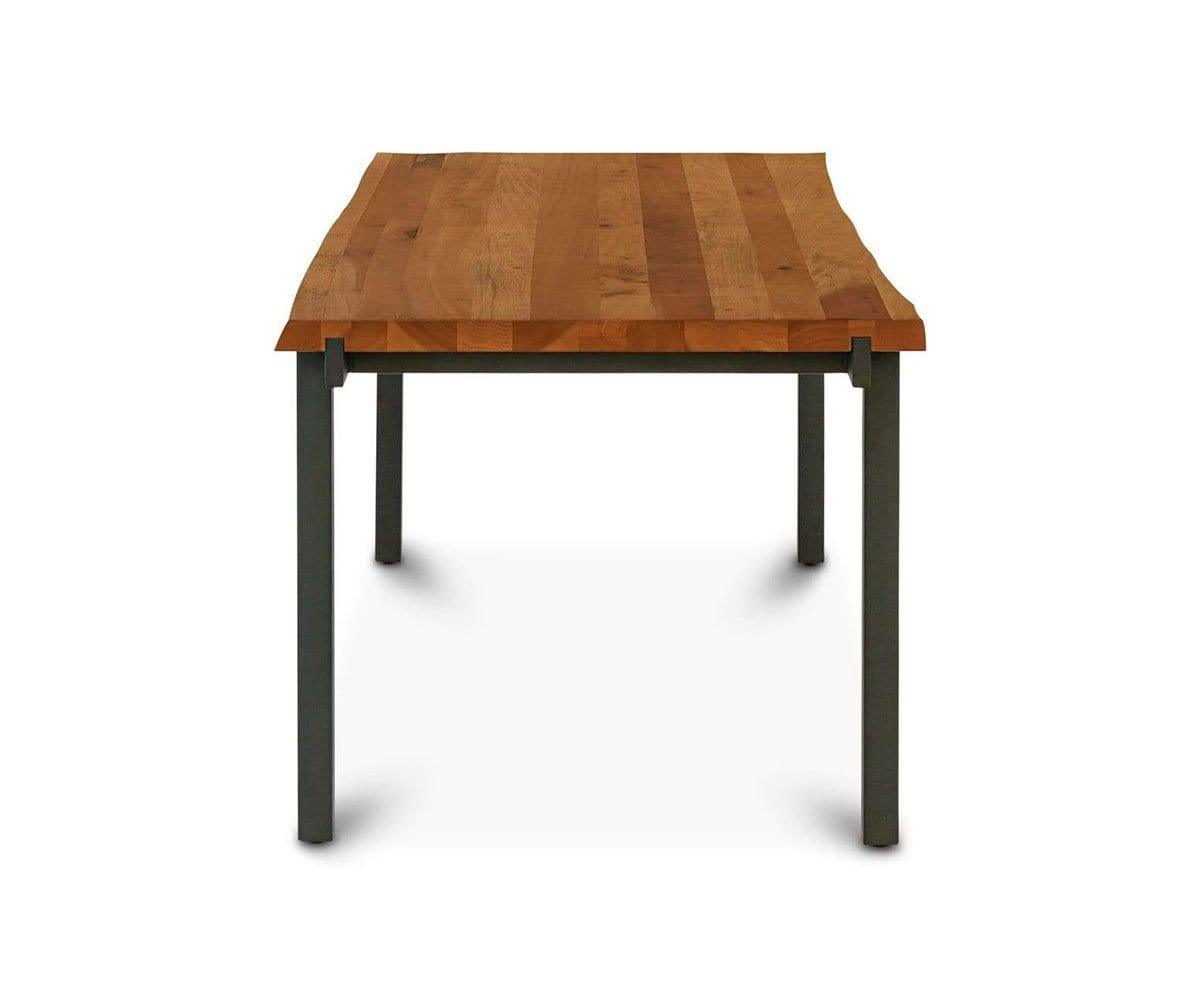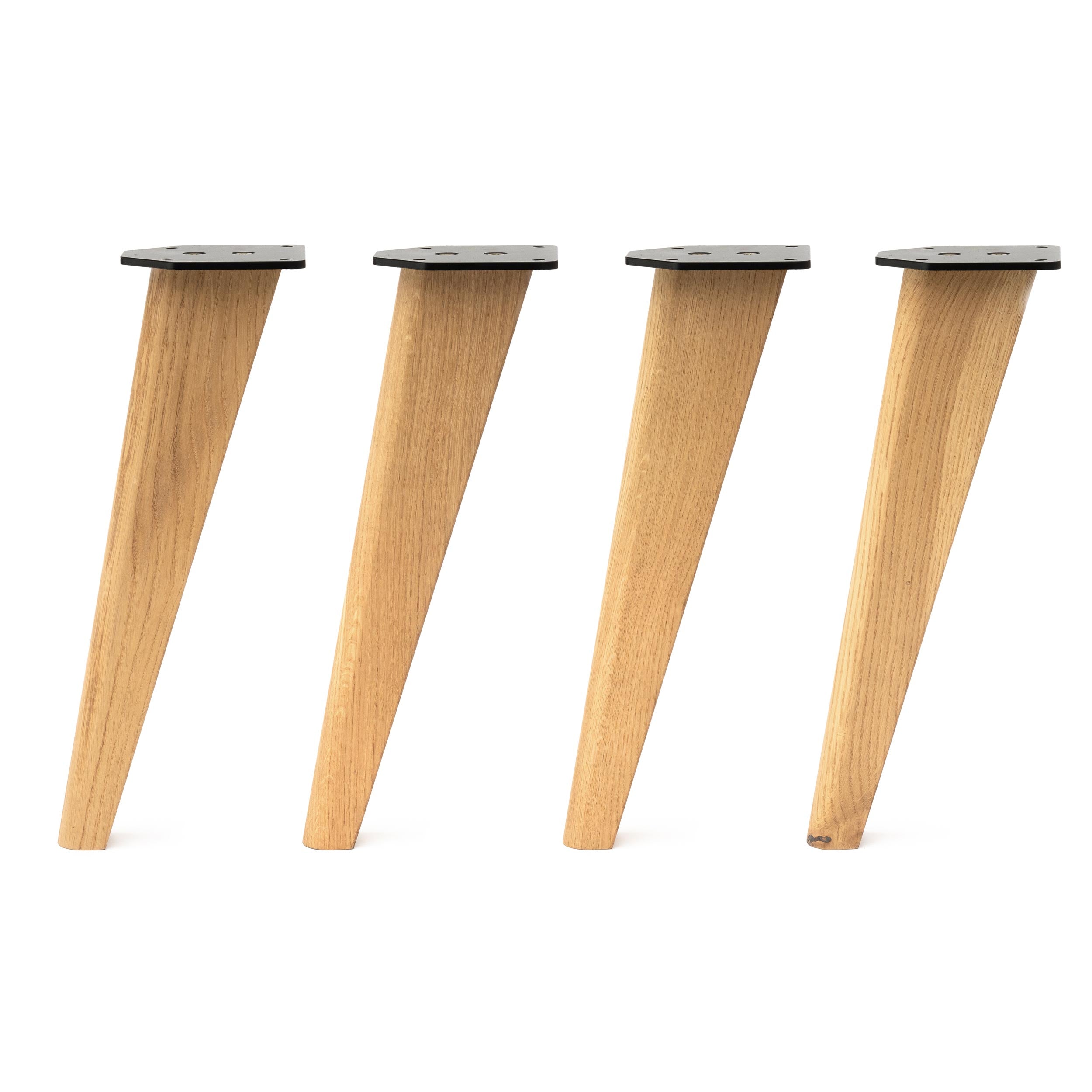Enhance Your Dining-room's Visual with Premium Dining Table Legs Wood
Vital Considerations for Choosing the Right Table Legs Wood
Selecting the ideal wood for dining table legs involves a nuanced understanding of various factors that influence both performance and visual charm. The selection of wood type, varying from robust woods to much more fragile softwoods, plays a crucial duty in making sure sturdiness and security. Additionally, considerations pertaining to maintenance, budget, and layout have to be meticulously assessed. Each of these components can substantially affect the overall experience of your eating room. Understanding exactly how these factors relate is essential for making a notified choice that fulfills your particular requirements and choices - Dining Table Legs Wood. What considerations will you focus on in your option procedure?
Significance of Wood Type

Hardwoods, such as oak, walnut, and maple, are typically preferred for their toughness and resistance to put on. These kinds of wood offer a robust foundation that can endure everyday use, making them perfect for dining tables that experience constant celebrations. In comparison, softer woods like want may be much more susceptible to scrapes and dents, which may not be suitable for high-traffic areas.
In addition, the selection of timber can additionally impact the ease of upkeep. Some woods require routine oiling or securing to preserve their look, while others may be more forgiving. Ultimately, selecting the ideal wood type involves balancing visual considerations with practical needs, making certain that the table legs not just look enticing however also stand the examination of time.
Evaluating Security and Stamina
When evaluating eating table legs, one should consider the security and strength they give to the general structure. The legs are vital in supporting the tabletop and ensuring the dining experience is secure and satisfying. A steady table is essential for stopping wobbling or tipping, which can result in spills or crashes during dishes.
The selection of wood kind significantly influences strength. Woods such as oak, maple, and walnut are normally more durable and durable than softwoods like pine or fir. Additionally, the thickness and style of the legs play an essential duty; thicker legs or those with a conical design can provide far better assistance and stability.

Visual Considerations
While functionality is vital, the visual allure of table legs can not be ignored, as they significantly influence the total design and atmosphere of the eating room. The selection of wood, surface, and design can improve click resources or take away from the table's visual impact.

Finishes likewise play a critical role in looks. A natural finish can highlight the wood's inherent appeal, while repainted or discolored legs can introduce color and individuality into the space. The percentage and scale of the legs relative to the tabletop and surrounding furniture should be thought about to make sure aesthetic equilibrium and communication.
Inevitably, the eating table legs should not only serve a functional purpose however likewise add to a cohesive and inviting environment, making them a crucial factor to consider in the general style of the dining area.
Maintenance Requirements
To ensure durability useful source and preserve the charm of wooden table legs, normal upkeep is vital (Dining Table Legs Wood). Timber is an all-natural material that can be susceptible to harm from wetness, warmth, and put on. Therefore, establishing a routine care strategy will substantially boost the resilience of your table legs.
Begin with normal cleaning making use of a soft, lint-free cloth to get rid of dirt and particles that can damage the surface area. For more complete cleansing, use a light soap service and damp cloth, preventing excess dampness that can leak into the timber. It is a good idea to use a top notch timber gloss or conditioner every couple of months to nourish the wood and maintain its radiance.
Furthermore, think about the environment where the table is placed. Stay clear of direct sunshine, as it can create fading, and use placemats or coasters to shield the surface area from warm and wetness. Deal with any scratches or damages promptly with appropriate wood filler or touch-up pens to avoid additional degeneration. By adhering to these upkeep needs, you will certainly not just preserve the visual appeal of your wood table legs however likewise expand their practical life-span.
Spending Plan and Cost Elements
Spending plan and price elements regularly play a critical function in the decision-making procedure for choosing wooden table legs. When reviewing choices, it is important to develop a clear spending plan that lines up with your general furniture investment. The cost of wood table legs can vary considerably based upon the kind of timber, workmanship, and style complexity.
Hardwoods such as walnut, cherry, and oak typically regulate greater prices because of their toughness and visual charm. In comparison, softer woods like ache might be more affordable however could not provide the exact same durability. In addition, custom or artisan-crafted legs can incur extra expenses, reflecting the ability and time spent in their development.
It is likewise essential to think about the possible long-term worth of your financial investment. While choosing for lower-cost materials may appear economically sensible originally, they might call for more constant replacement or repairs, eventually increasing total expense.
For that reason, balancing top quality and cost is important. Prioritize products that fulfill your visual preferences while guaranteeing they fit easily within your budget, enabling you to create an eating area that is both practical and aesthetically enticing.
Verdict
In conclusion, choosing the proper timber for dining table legs demands careful consideration of various variables, including wood type, stability, appearances, upkeep, and budget. Inevitably, a see page knowledgeable decision will certainly improve the longevity and aesthetic allure of the dining table, making sure complete satisfaction and capability for years to come.
Selecting the right type of timber for eating table legs is crucial for both aesthetic charm and structural stability. Ultimately, choosing the suitable timber type includes stabilizing visual considerations with functional requirements, making certain that the eating table legs not only look attractive but likewise stand the examination of time.
It is a good idea to use a high-grade wood polish or conditioner every couple of months to nourish the wood and preserve its radiance.
The cost of wood eating table legs can differ substantially based on the type of wood, craftsmanship, and design complexity.
In final thought, selecting the ideal wood for eating table legs demands cautious consideration of numerous aspects, consisting of wood type, stability, looks, maintenance, and budget.